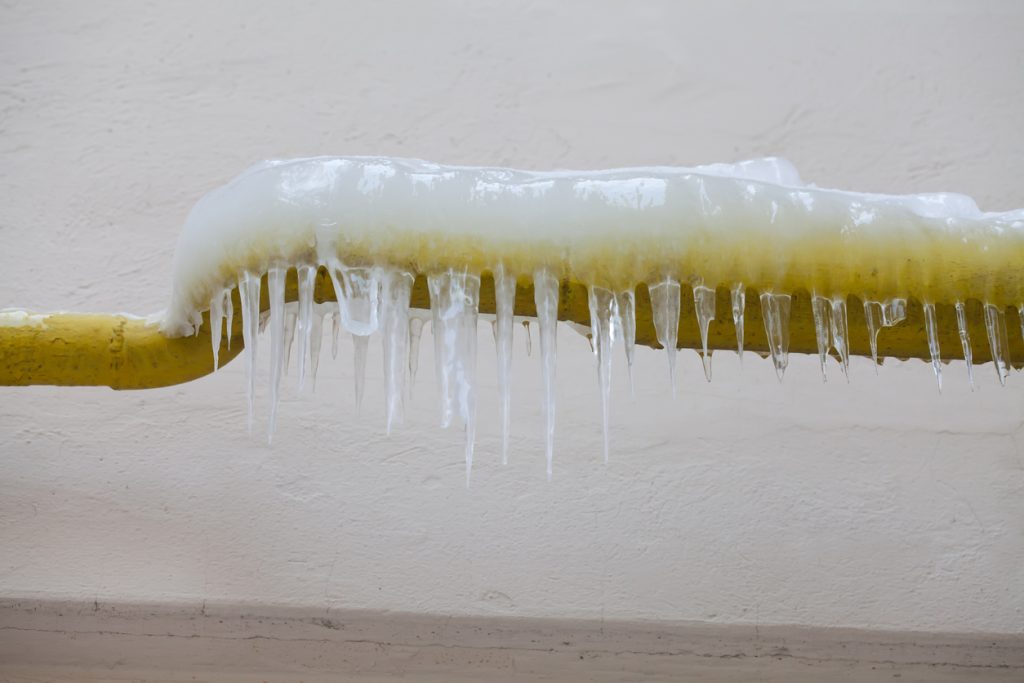Tips for Avoiding Frozen Plumbing in Cold Weather: Expert Tips
Tips for Avoiding Frozen Plumbing in Cold Weather: Expert Tips
Blog Article
Do you find yourself looking for help concerning Prevent Frozen Pipes ?

Winter can damage your plumbing, particularly by freezing pipelines. Here's just how to avoid it from happening and what to do if it does.
Intro
As temperatures decline, the threat of frozen pipes rises, possibly resulting in costly repair services and water damage. Recognizing exactly how to prevent icy pipes is critical for home owners in cold environments.
Avoidance Tips
Shielding prone pipes
Cover pipelines in insulation sleeves or make use of heat tape to shield them from freezing temperature levels. Concentrate on pipelines in unheated or outside areas of the home.
Heating methods
Keep interior spaces sufficiently heated up, particularly areas with pipes. Open up cabinet doors to allow cozy air to circulate around pipelines under sinks.
Exactly how to identify icy pipes
Try to find decreased water circulation from faucets, uncommon smells or noises from pipelines, and noticeable frost on subjected pipelines.
Long-Term Solutions
Structural changes
Consider rerouting pipes far from outside walls or unheated areas. Add additional insulation to attics, cellars, and crawl spaces.
Upgrading insulation
Buy top quality insulation for pipes, attics, and wall surfaces. Appropriate insulation aids keep regular temperature levels and reduces the risk of icy pipelines.
Shielding Exterior Pipes
Garden hose pipes and outdoor faucets
Separate and drain pipes garden hose pipes prior to winter months. Mount frost-proof spigots or cover outdoor taps with protected caps.
Understanding Icy Pipes
What creates pipes to freeze?
Pipes freeze when revealed to temperatures listed below 32 ° F (0 ° C) for prolonged durations. As water inside the pipelines freezes, it increases, putting pressure on the pipeline wall surfaces and possibly creating them to rupture.
Dangers and damages
Icy pipes can lead to water interruptions, home damages, and costly fixings. Burst pipes can flood homes and create extensive structural damages.
Signs of Frozen Piping
Identifying icy pipelines early can stop them from breaking.
What to Do If Your Pipelines Freeze
Immediate activities to take
If you presume frozen pipes, keep taps open up to eliminate stress as the ice melts. Use a hairdryer or towels taken in warm water to thaw pipes gradually.
Verdict
Preventing frozen pipes requires proactive measures and quick responses. By understanding the causes, signs, and safety nets, property owners can shield their pipes during cold weather.
5 Ways to Prevent Frozen Pipes
Drain Outdoor Faucets and Disconnect Hoses
First, close the shut-off valve that controls the flow of water in the pipe to your outdoor faucet. Then, head outside to disconnect and drain your hose and open the outdoor faucet to allow the water to completely drain out of the line. Turn off the faucet when done. Finally, head back to the shut-off valve and drain the remaining water inside the pipe into a bucket or container. Additionally, if you have a home irrigation system, you should consider hiring an expert to clear the system of water each year.
Insulate Pipes
One of the best and most cost-effective methods for preventing frozen water pipes is to wrap your pipes with insulation. This is especially important for areas in your home that aren’t exposed to heat, such as an attic. We suggest using foam sleeves, which can typically be found at your local hardware store.
Keep Heat Running at 65
Your pipes are located inside your walls, and the temperature there is much colder than the rest of the house. To prevent your pipes from freezing, The Insurance Information Institute suggests that you keep your home heated to at least 65 degrees, even when traveling. You may want to invest in smart devices that can keep an eye on the temperature in your home while you’re away.
Leave Water Dripping
Moving water — even a small trickle — can prevent ice from forming inside your pipes. When freezing temps are imminent, start a drip of water from all faucets that serve exposed pipes. Leaving a few faucets running will also help relieve pressure inside the pipes and help prevent a rupture if the water inside freezes.
Open Cupboard Doors
Warm your kitchen and bathroom pipes by opening cupboards and vanities. You should also leave your interior doors ajar to help warm air circulate evenly throughout your home.

We were made aware of that write-up on How To Avoid Freezing Pipes through a pal on a different web blog. Feel free to take the time to share this post if you enjoyed it. Thank-you for taking the time to read it.
Call Today Report this page